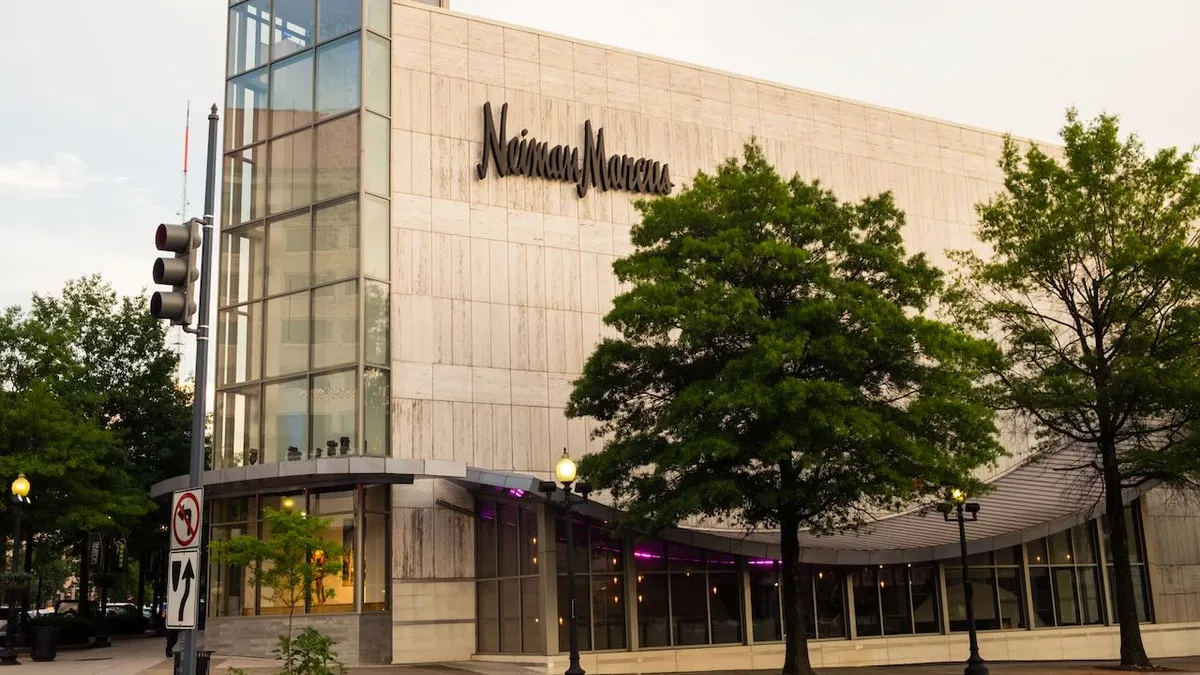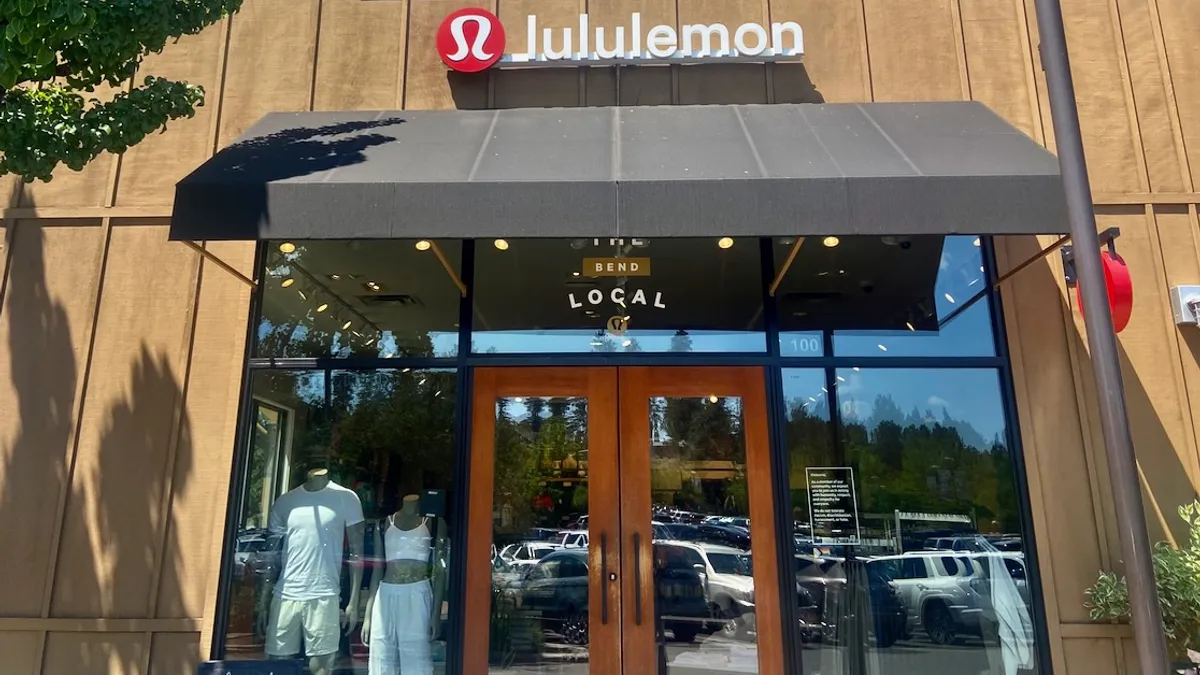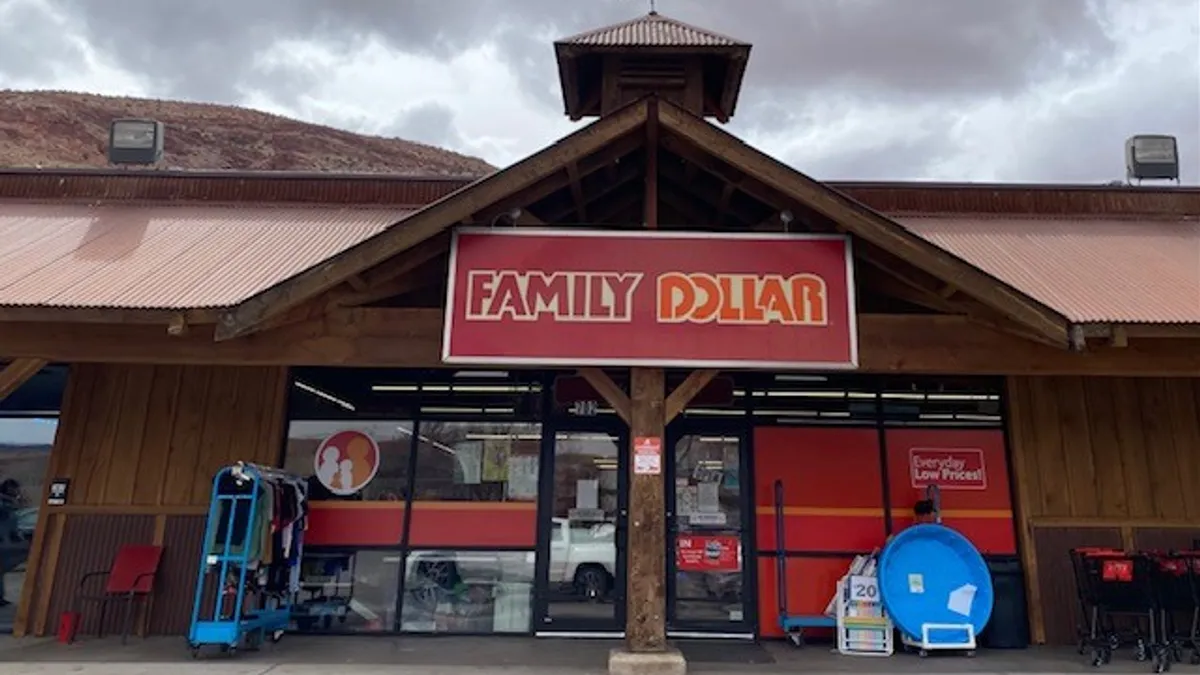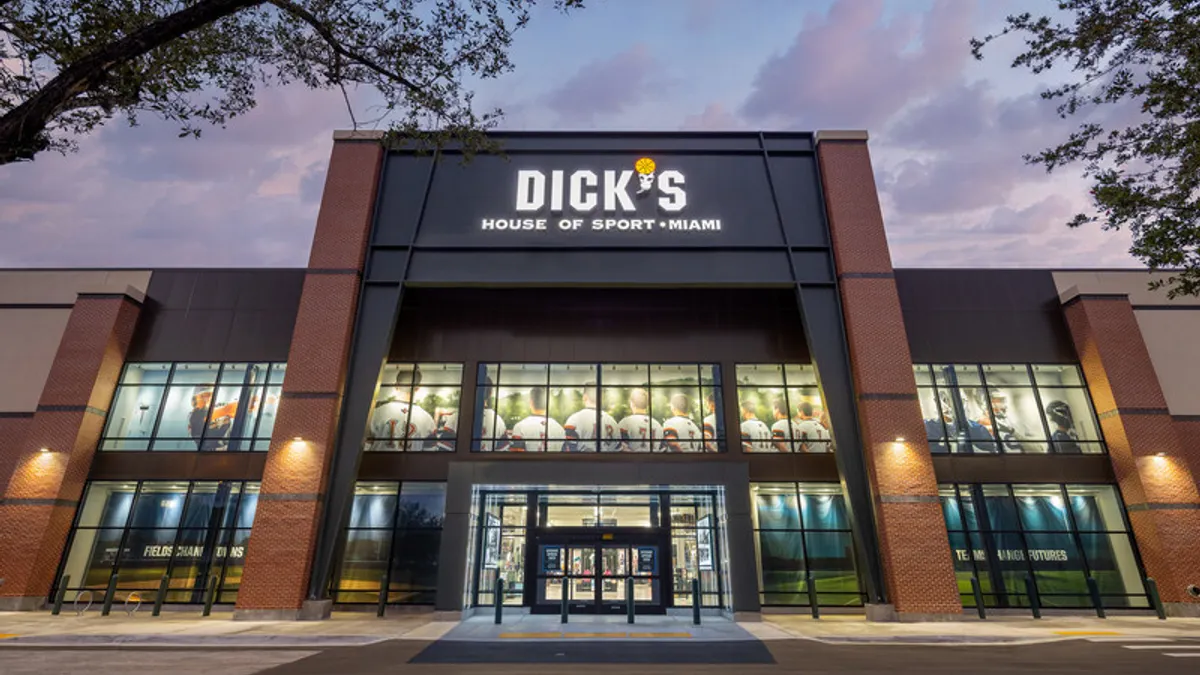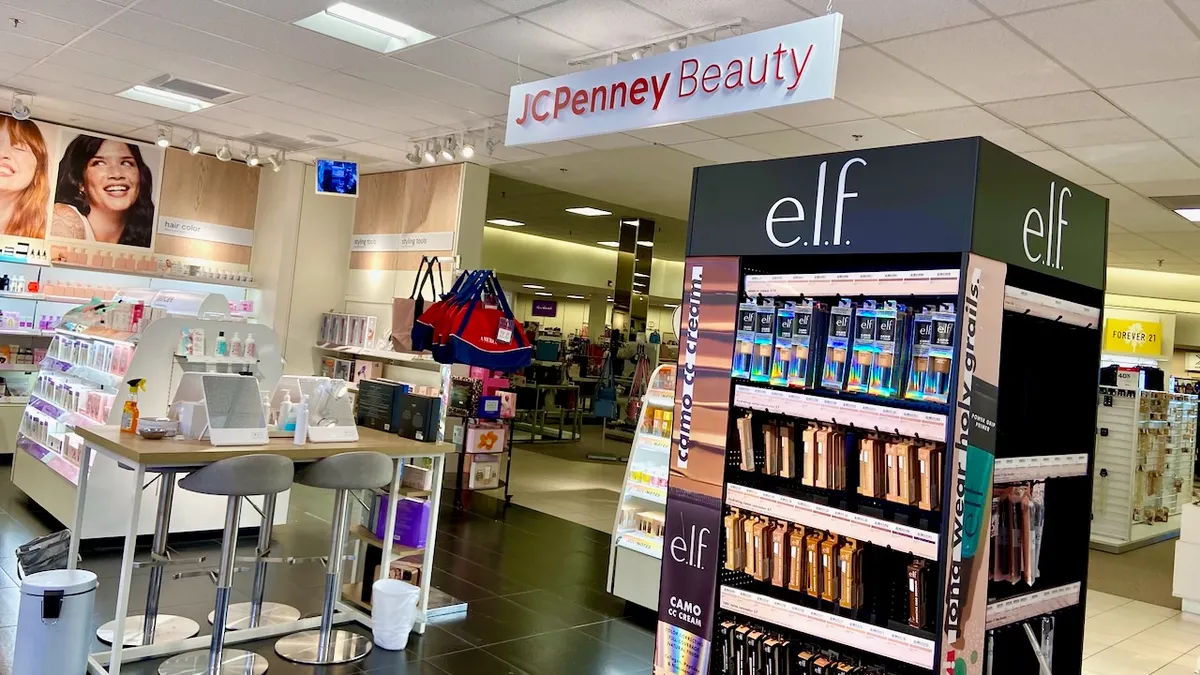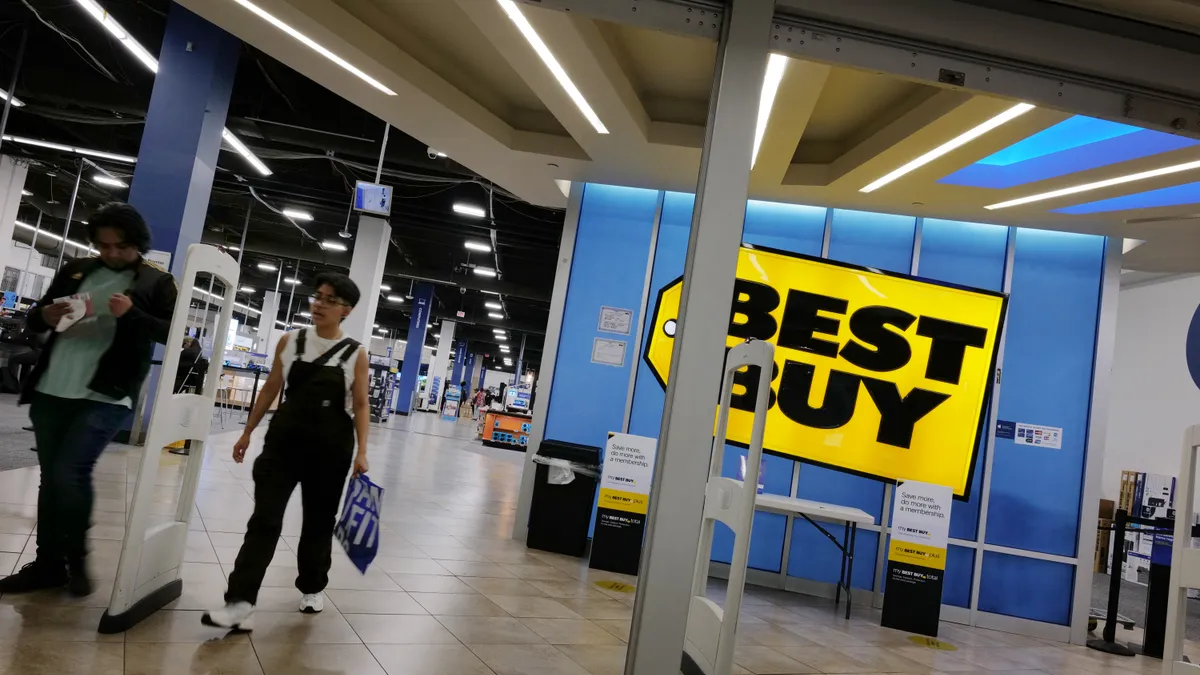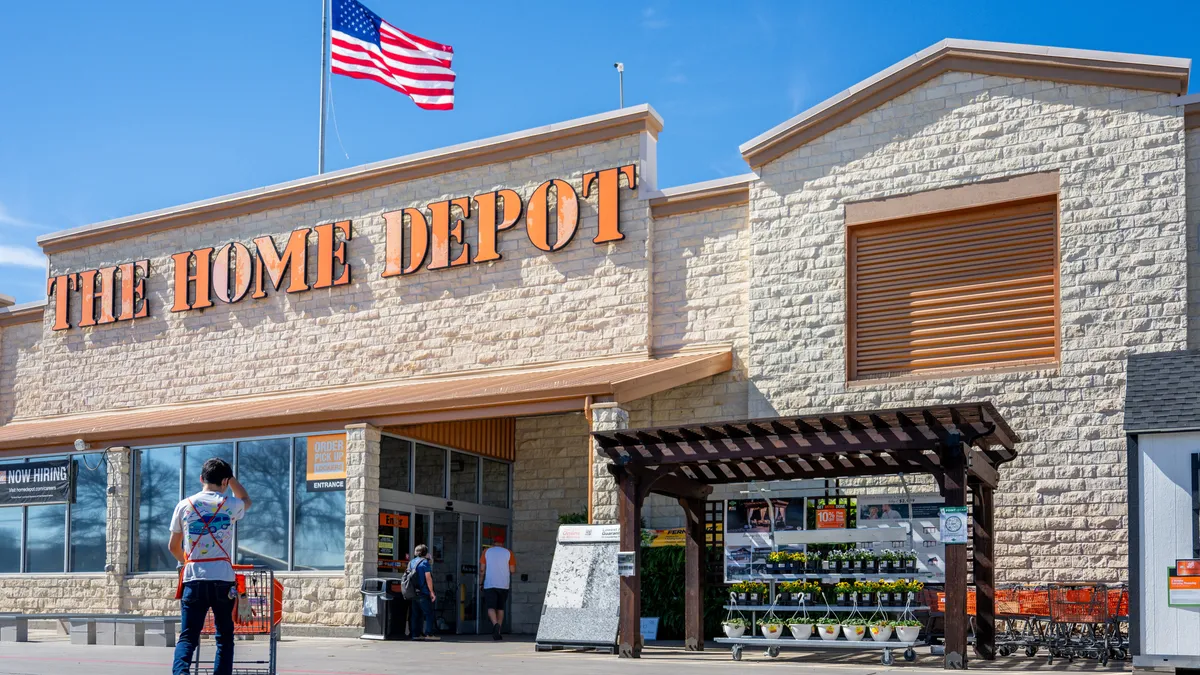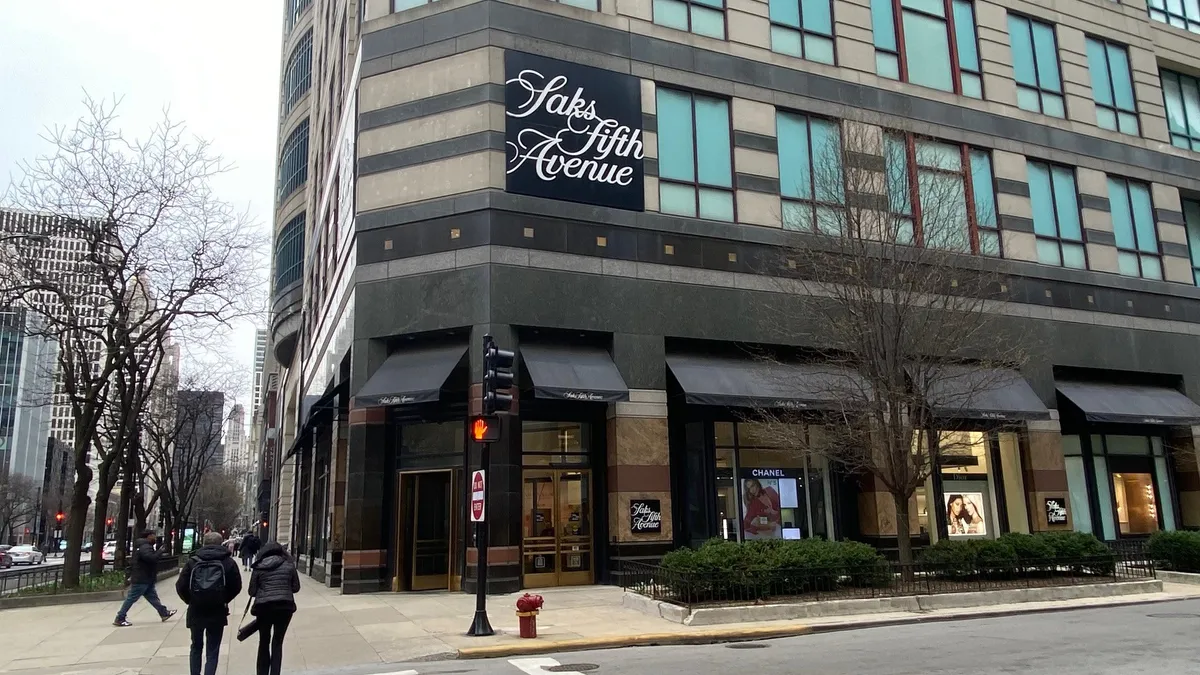Amazon announced Friday that it would buy Whole Foods Market for $13.7 billion in cash and the impact on the retail industry cannot be exaggerated. This will change retail — all of it — forever.
“This is a frightening day for every retailer that is not Amazon,” Scott Galloway, professor of marketing at NYU Stern School of Business, said on CNBC in the hours following the announcement.
“When the most disruptive retail force on the planet makes a $13.7 billion investment in your segment, it’s a bad day," Jason Goldberg, senior vice president of commerce at SapientRazorfish, wrote to Food Dive.
A bit dramatic? Hardly. Not only is this a pivotal moment for grocery retail, but one that will whip the already competitive war between Amazon and Walmart for the American shopper into a frenzy. Walmart is the top seller of groceries in the U.S. and the world’s largest retailer — two crowns to which Amazon wants to lay claim.
Whole Foods has close to 460 stores in 43 states, and it’s the leading seller of natural and organic foods despite some recent struggles. Meanwhile, Amazon has been trying to break into the grocery category in a meaningful way for nearly a decade. Whole Foods presents a big opening, but just what these two companies will look like after the acquisition leaves a lot of room for speculation.
Amazon did not return Retail Dive's requests for an interview by press time.
Amazon's grocery ambitions
The impact on supermarkets and traditional food retailers is expected to be major. Whole Foods had $15.7 billion in sales for fiscal year 2017. Amazon doesn’t break out sales but BMO Capital Markets estimates that Amazon may already sell $6 billion in natural, organic and specialty foods per year. That puts Amazon and Whole Foods at close to $22 billion in annual combined food sales — and that's before online grocery catches on.
Online sales of groceries are small today — most estimates put it at less than 5% and as little as 2% annually. But that is expected to change in a big way over the next decade: Some 20% of groceries will be bought online by 2025, according to projections from the Food Marketing Institute and Nielsen.
While online sales of groceries are small today, experts estimate 20% of groceries will be bought online by 2025.

Currently, Amazon accounts for less than 1% of all U.S. grocery sales. For Amazon to succeed in its quest to become “the everything store,” it must excel at grocery and apparel. And while it’s made great strides in apparel lately and now ranks as the top seller of apparel online, grocery has proven far more elusive.
The e-commerce giant has already made some strides in grocery delivery. Its service AmazonFresh debuted in 2007 and is available to Amazon Prime members for a premium of $14.99/month in addition to the annual Prime fee — down from its $299 original AmazonFresh fee. AmazonFresh is available in many major markets but is still a long way from ushering in Amazon's desire for grocery dominance. The company is also testing two drive-up grocery locations where Amazon Prime members can pick up orders placed online within two hours. Those who pay the AmazonFresh premium can get their orders in just 15 minutes.
And then of course there’s Amazon Go, a fusion of the technology company's core strengths with the brick-and-mortar reality of the grocery business today. The 1,800-square foot technology showcase lets shoppers select items and leave without ever navigating a checkout line. The store's sensors track items and charge shoppers once they leave. Currently, Amazon Go is a single test location open only to Amazon employees but a recent job post looking for a senior real estate manager for Amazon Go indicates more locations could follow soon.
Whole Foods' appeal
Should the Whole Foods purchase go through — and it’s important to note that this is not a done deal yet as new bidders could emerge and regulatory agencies could get involved, although this last possibility is unlikely — Amazon will immediately gain 460 stores and a customer base that has a lot of overlap with its Prime membership program.
“Twenty-eight percent of Whole Foods shoppers already shop at Amazon for groceries, the most of any other grocery,” Matt Sargent, senior vice president at Frank Magid and Associates, told Food Dive in an email. “Now that they are in the same ecosystem, this will be a huge win for Amazon."
“28% of Whole Foods shoppers already shop at Amazon for groceries, the most of any other grocery."

Matt Sargent
Senior vice president at Frank Magid and Associates
Whole Foods stands to benefit from Amazon’s technology, as well as its deep pockets and enthusiasm for investing in growth strategies.
“Amazon is known to scale experiments very quickly. It remains to be seen what Amazon’s growth plans will be for Whole Foods. The company didn’t say which banner, Whole Foods Market or 365 by Whole Foods, would lead that growth,” Michelle Grant, head of retailing at Euromonitor, wrote to Retail Dive. “I think that where Amazon may add the most value is to speed up the process of perfecting the 365 by Whole Foods model and scaling it quickly thanks to its greater resources. This would be the way that Amazon and Whole Foods expands into the mid-to-low income shopper households.”
War with Walmart
Leveraging Whole Foods will be critical if Amazon is to take on Walmart in grocery.
The battle between the two retail giant has been epic in all other product categories. Lately, Walmart has been making strides to better compete with Amazon online by betting big on e-commerce acquisitions. In the past year following the gamechanging Jet acquisition, Walmart has bought a series of well-regarded startups including Modcloth and Moosejaw. Although it was very much overshadowed by the Whole Foods deal, Walmart bought Bonobos on Friday for $310 million and put its founder in charge of the growing family of new retail brands.
"This news also drowns out Walmart/Bonobos acquisition all at once. Coincidence? We think not," mused Deliv CEO Daphne Carmel in an email to Retail Dive.
"This news also drowns out Walmart/Bonobos acquisition all at once. Coincidence? We think not."

Daphne Carmel
Deliv CEO
But grocery is where Walmart really shines. It is the nation’s largest seller of groceries with category sales of $170 billion last year, and the category is key to driving store visits and customer loyalty. Walmart has been investing in click-and-collect programs, stand-alone grocery pick-up sites and is even testing an automated kiosk for 24-hour pick-up.
“This puts massive pressure on Walmart to have Jet fulfill grocery out of Walmart stores, but they need drivers to do this,” said Carmel. “Does this mean that Walmart could swoop up Instacart in retaliation?” (Whole Foods is an investor in Instacart, which provides curbside pick-up and delivery services for retailers including Whole Foods.)
A big win with question marks
The acquisition of Whole Foods by Amazon is largely seen as win for both companies, at least initially.
“One area that could well be a challenge is that of culture,” Grant said. “It’s well documented that founders of acquired firms do not fare well at Amazon. The most well-known example is the Quidsi acquisition. Marc Lore left before his contract was up, waited out his non-compete and started a rival company, Jet.com.”
“One area that could well be a challenge is that of culture. It’s well documented that founders of acquired firms do not fare well at Amazon."

Michelle Grant
Head of retailing at Euromonitor
Walmart acquired Jet for roughly $3 billion last year — in doing so, it's betting on Lore to ramp up its Walmart e-commerce business.
“Matt Rutledge, founder of Woot.com, also left Amazon two years into his three-year deal,” noted Grant. “[Whole Foods’ CEO] John Mackey is very outspoken and opinionated. He’s the same type of visionary leader as Bezos, Lore, Jobs, etc., so without him the business could falter, but will he be able to adapt to what Amazon has in store for his company?”
Few know what exactly Amazon has in store next, but everyone is already wondering.
“Is Amazon done with acquisitions? This may just be opening the door to future ones,” McMillon/Doolittle Analyst Neil Stern said to Retail Dive. “Once they've opened the barn door on retail, who knows what's next? I would actually assume they would go upmarket, not down. Amazon Prime is a high income customer and that's where the money's at — probably a very strong alignment with a Whole Foods consumer.”






